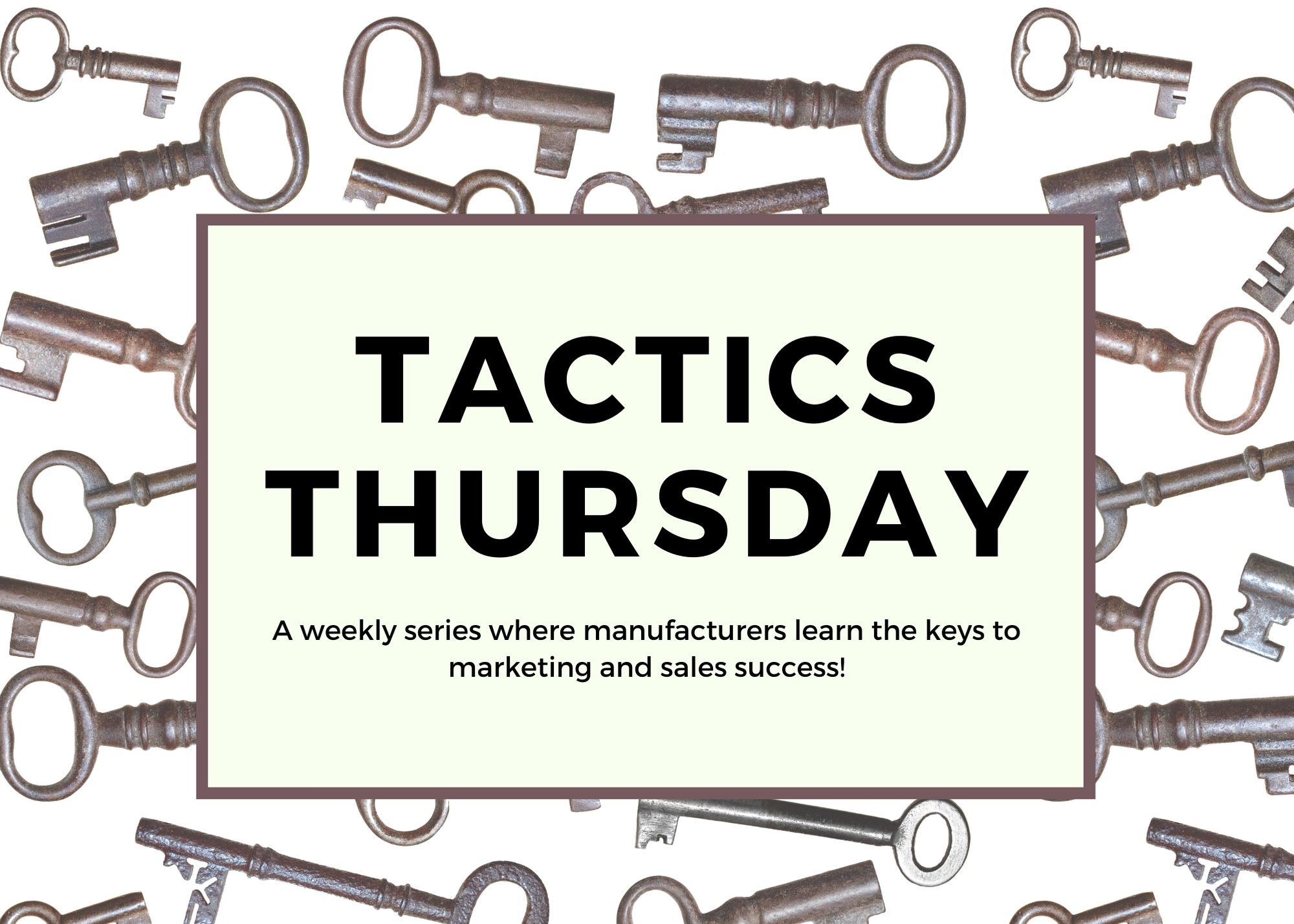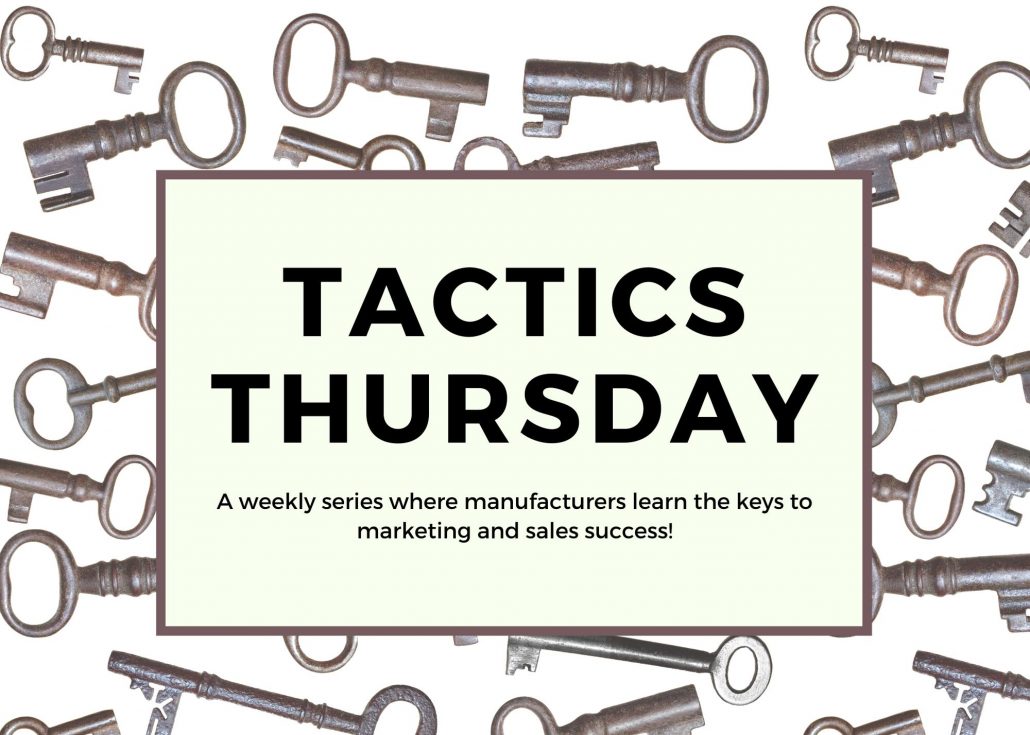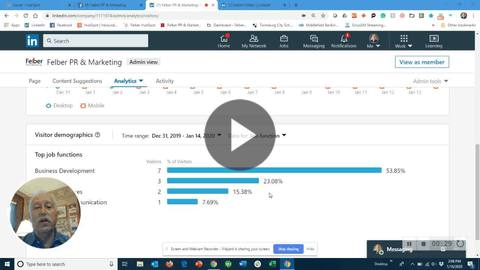With the new year around the corner, manufacturers are looking for ways to grow their talent pool and set up their plants for success. A major component of attracting the right talent is developing strong job descriptions. Today’s guest blog post is brought by recruiting expert Glenn Levar, President and CEO of Shared Time Human Resource Management, Inc. Prior to starting Shared Time Human Resource Management, Inc., Glenn was employed by Fortune 50 and entrepreneurial companies as human resource manager. During his corporate career, Glenn was a key contributor in reaching corporate goals and objectives. He built trust and empowered employees and management to greater success.

Guest author Glenn Levar
How Manufacturers Can Develop Job Descriptions to Attract Superior Candidates
In its purest form, a position description indicates the work to be performed by the candidates for employment. The objective of a well-written position description is to attract the highest number of talented candidates and, from that list, hire the best one. Listed below are approaches to writing a position description and the elements required to develop a better position description. These include the position summary, the position’s essential functions and the competencies, skills, education and work experience required to be successful in the position.
Approaches to Writing a Position Description
As a supervisor or manager, you can take several approaches to write a position description. Remember, a position description’s purpose is to define the position’s critical responsibilities and accountabilities broadly. Depending on your management style, you may choose any of the following methods:
- Talk with employees about their work and ask for their input.
- Ask employees to develop their position descriptions.
- Share the position description with other managers the employee will work with to determine if there will be interference or issues with another departments’ work.
The final position description should validate and explain the position’s relevance within the organization and it should inform applicants of the work they will perform once hired.
The Position’s Summary
The position’s summary should explain what the candidate needs to be successful. For example, a company’s Sales Representative’s purpose could be to increase revenue in the territory by 10% from new and existing accounts, make prospecting calls, follow up on leads, prepare quotes, and answer customer questions.
Essential Job Functions
Essential functions are the primary job duties that an employee must be able to perform, with or without reasonable accommodation. You should carefully examine each job to determine which functions or tasks are essential to the employee’s performance.
The issue of job descriptions has received significant attention since the passage of the Americans with Disabilities Act (ADA). It is true that job descriptions can be helpful in supporting an employer’s position as to which job functions are essential.
Competencies and Skills
Mainly, these are the characteristics the company believes a qualified candidate should have to be successful in the position. They can be measurable knowledge such as degrees or certifications, hands-on or technical proficiencies, abilities, or even personal attributes like outgoing or friendly. A position description’s list of competencies may include communications, leadership, teamwork, and problem-solving skills.
Skills include the specific knowledge and abilities required to succeed in a job. The skills needed for a particular position may consist of computer programming, operating machinery, carpentry, plumbing, web design, typing, accounting, writing, or mathematics.
Writing a position description with assorted or different skills can make the recruitment effort complicated and lengthy. Finding one person with all of them may prove difficult, or worse, may result in hiring someone who is not as qualified for the position. Should this situation arise, it is advisable to re-examine the position description and consider splitting it into two or more jobs.
Education and Work Experience
The education and work experience section accurately describes the formal education and training the candidate may need.
For example, a machinist may need a general education degree (GED) or a high school diploma with five to seven years of experience, but a machinist does not need a Ph.D. A mechanical engineer usually requires a bachelor’s degree or master’s degree with fifteen years of experience designing aviation landing gear and not a GED.
Position Descriptions Next Steps
Position descriptions are living documents that evolve with each hiring cycle, changes to the way the company does business, position duties, or new equipment purchases.
It is recommended that once a year, the manager and employee sit down and discuss the position description as part of an annual review. Together, they can determine which essential functions, competencies, and skills remain necessary and eliminate those attributes which are no longer applicable to the position.
When both parties agree with the revisions, the manager may make formal changes to the description and both parties sign and date the new document. A copy of the signed and revised position description should be kept by the manager, given to the employee and shared with the company’s human resources department.
In Review
Position descriptions are necessary to define an employer’s expectations for the job, outline the job’s essential functions, identify the competencies and skills required for the job, and minimize ADA violations. The goal of a well-written position description is to attract and hire the most qualified candidate available to fill your open position.
Shared Time Human Resources Management, Inc. (STHRM, Inc.) provides human resources consulting services that solve our clients’ complex human resources issues. Since 1993, we have helped our clients recruit employees, retain staff and reduce costs. We work with entrepreneurial start-ups and established Fortune 500 companies in Cleveland, Northeast Ohio, and across the country.
Put Shared Time Human Resources Management, Inc. to work for your company. Contact Glenn Levar at 440.979.1046 or by e-mail at grlevar@sthrm.com.













